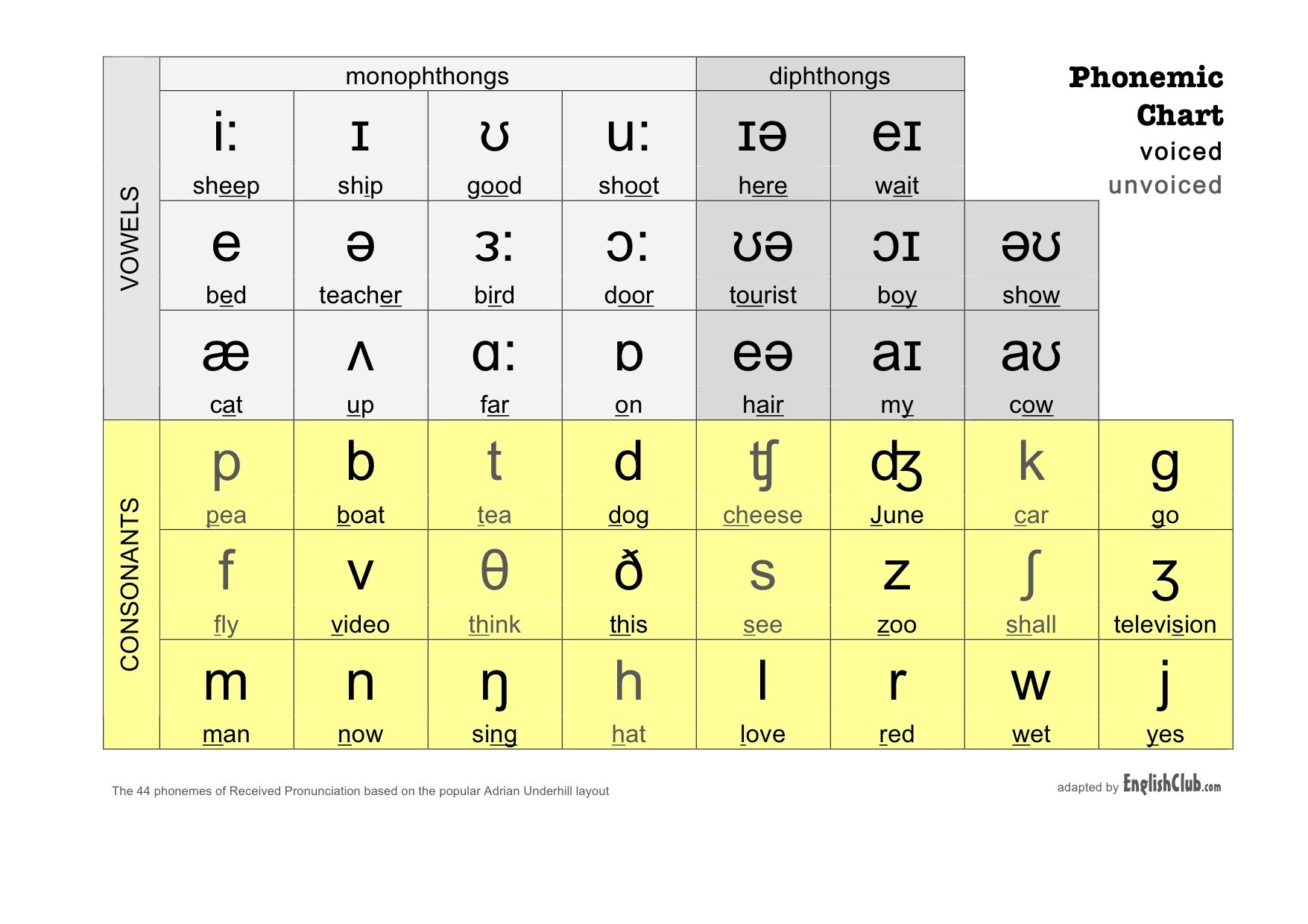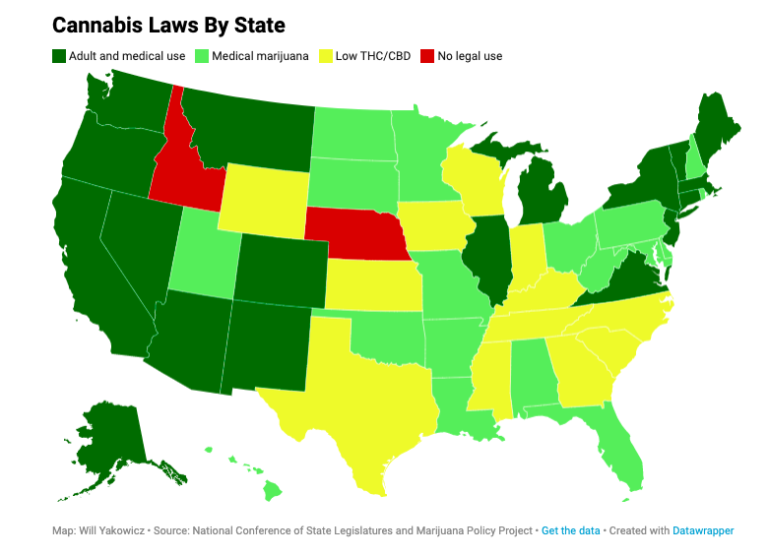- What industry do you work in and what is your role?
- What are your responses in your role / position?
- Can you describe to the function of your workplace / company?
- How many departments, how many offices. National or International?
- What are the minimum requirements for employment ie Education or Experience?
- How many opportunities are there to ‘move up the ladder’?
- What is the process for changing job roles ie Interview? Test?
- Current projects? Deadlines? Opportunities?
- Anything of interest happening?
1.
Much of the world remains in the tight grip of the COVID-19 pandemic, forcing businesses to work harder than ever to compete. Research shows that many megabrands, specifically Big Tech, are thriving. These megabrands continue to dominate as they have unlimited budgets and resources at their disposal.
2.
To stay competitive, businesses have to adapt to new and changing global restrictions. Companies once on the digital sideline are now moving operations online, and those that were already online are looking at optimizing their online presence.
3.
And it seems to be working: Research suggests that consumers intend to continue shopping online even after the pandemic — particularly in areas not traditionally associated with home shopping, including over-the-counter medicine, groceries, household supplies, and personal-care products. McKinsey expects growth in these areas to exceed by 35% post-pandemic.

Do you use any translation services in your workplace, how effective are they?
4.
It’s not just retailers that are moving their operations online. Museums are hosting virtual tours, gyms are hosting virtual workouts, and believe it or not, virtual babysitters are now available to help parents with their childcare. Given the proliferation and shifting preferences for digital experiences, now is the time for brands to rethink their digital strategies and take advantage of the opportunity to reach a far wider audience.
5.
But how do organizations looking to reach global audiences compete with large multinational companies who already have the processes in place and a presence in multiple markets? AI-powered machine translation just might be the answer for companies looking to compete.
You don’t need boots on the ground
6. Megabrands have traditionally relied on local boots-on-the-ground marketing support to reach global markets. They boast dozens — if not hundreds — of marketers continually churning out content across multiple languages. Everything from websites, videos, advertisements, social posts, emails, blogs, podcasts, ebooks, and research needs … the list goes on.

Are there disadvantages to AI translators? Please discuss/ What are the advantages of Human translation? Discuss.
7.
But to win the hearts and minds of consumers, this volume of content is what is required, especially when you consider that consumers now demand a personalized experience on any one of their seven connected devices.It’s simply not an option for smaller companies to take this approach.
8.
Artificial intelligence can level the playing field between megabrands and their counterparts. Consider the case of Made-in-China.com, a B2B e-commerce platform connecting international buyers with Chinese suppliers, that was looking to enter new markets quickly and bring Chinese products and suppliers closer to global audiences. The company used machine translation to translate 30 million product descriptions effortlessly and now offers its products across 100 languages. That’s quite an achievement that even the megabrands would struggle to accomplish.
9.
Another example is RS Components, a leading international distributor of electronic, electrical, and industrial components. It translated its entire catalog of 600,000 products (containing 30 million words) into 12 languages — while producing a tenfold efficiency gain in translation times for new products from 10 days to one. Both companies have relatively small content teams — and yet, were capable of launching their services across dozens of new markets — and faster than before.


What do you think the overall effect of this developing technology will have on communication. If you were given the chance to study a new language at the expense of your company full time, or spend that time pursuing other hobbies but then relying on a translator for future work situations which would you choose why?
Phonetic Chart





